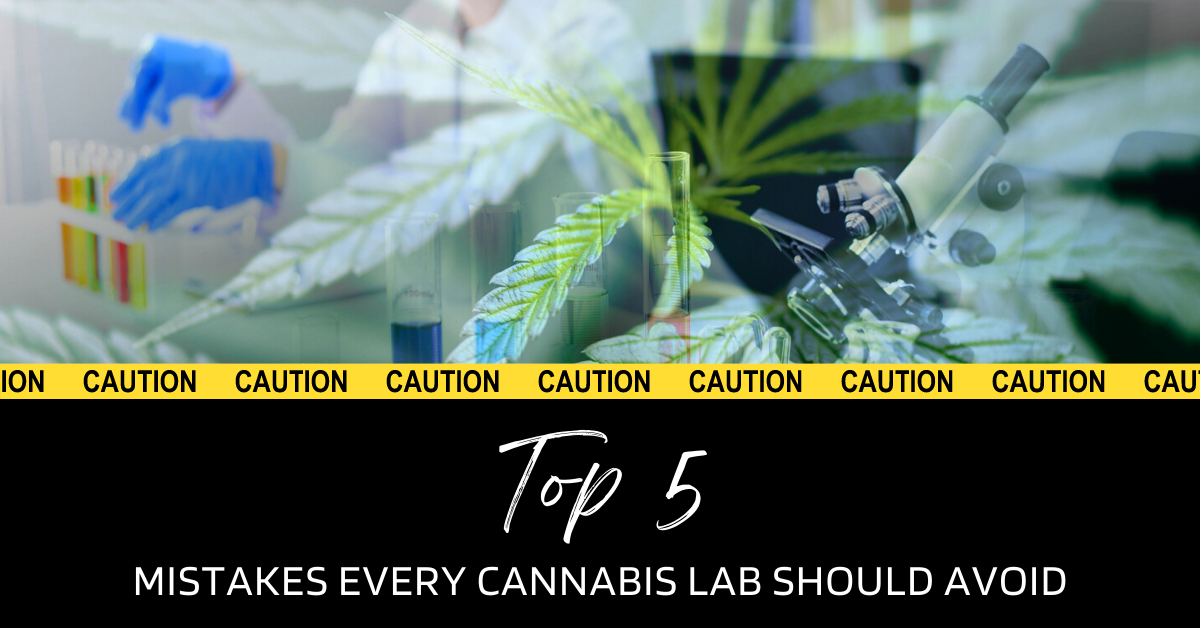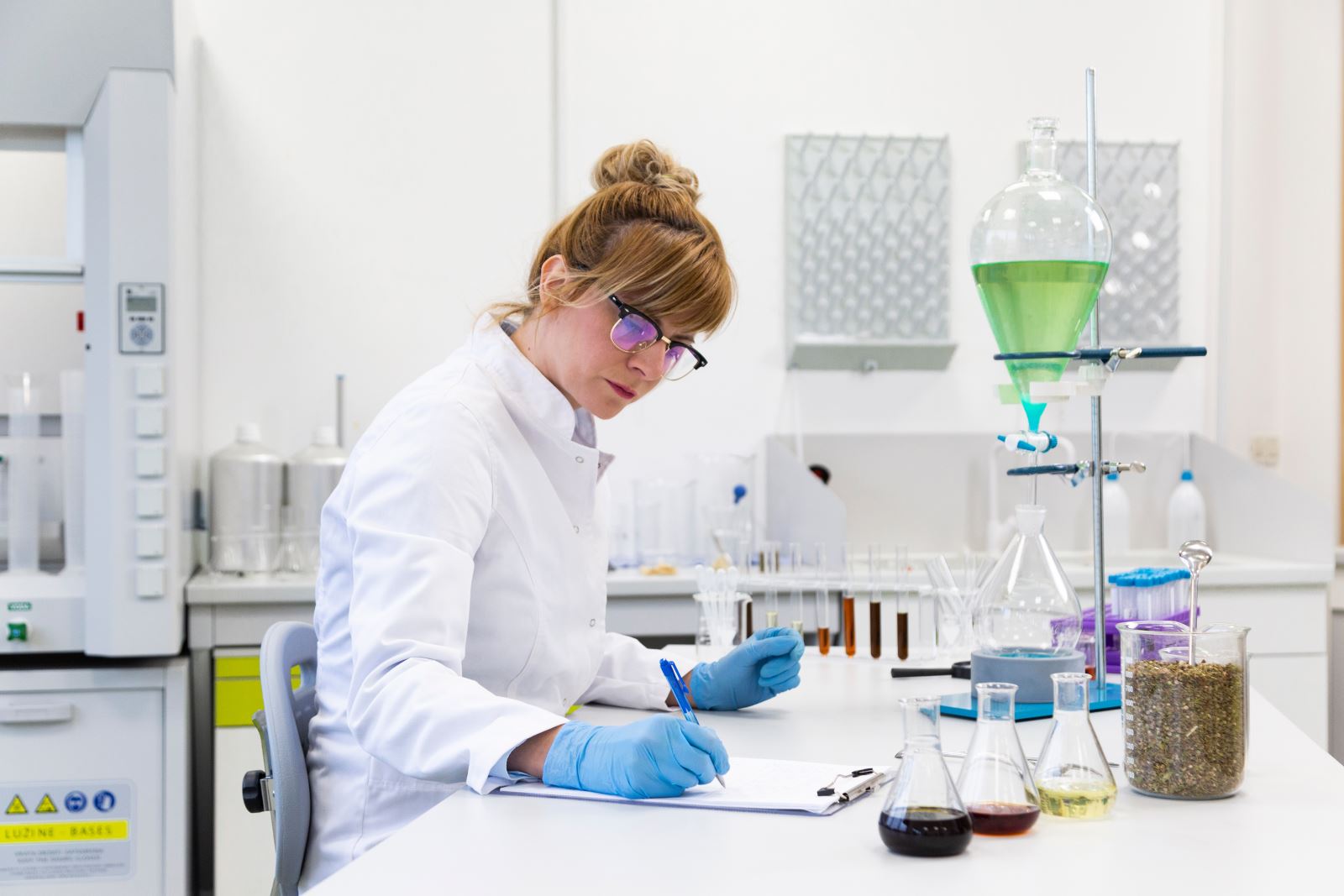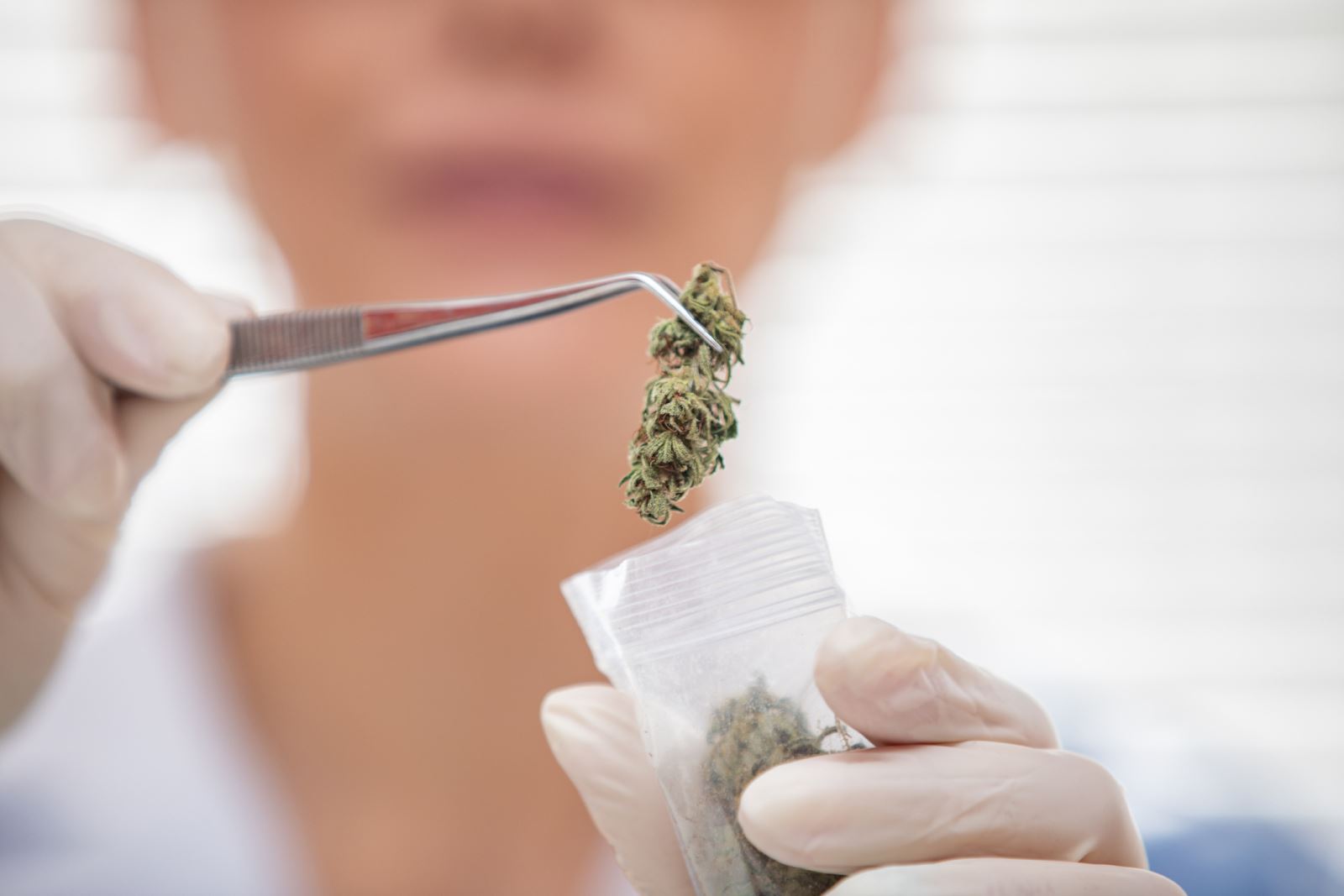
As the cannabis industry rapidly evolves, so does the laboratory testing that is necessary to ensure product safety and quality. Laboratories in the cannabis industry face unique challenges and must take specific precautions to avoid making mistakes. Here are five of the most common mistakes that every cannabis lab should avoid.
1. Not calibrating equipment properly
As with any laboratory, a cannabis lab is only as good as its equipment. Cannabis labs must calibrate their machines frequently to ensure accuracy and precision in testing results. Calibrating the instruments properly can be difficult for some laboratories because of poor or outdated instrumentation. You should also have your technicians record all calibration procedures so that you are able to document them clearly in case there ever is an audit by regulatory agencies such as OSHA (Occupational Safety & Health Administration).
2. Failing to properly document methods and results
A lab can lose its credibility quickly if it is not able to provide clear documentation of the testing that was conducted. Cannabis laboratories should have a procedure for documenting all methods, results, and calculations. This documentation should be kept in an easily accessible location so that it can be referenced quickly if needed.

3. Poor lab management, leading to cross-contamination
Cannabis products are particularly susceptible to cross-contamination, especially during the testing phase. Cannabis is a plant and can easily absorb foreign chemicals or odors from other plants in the area. Laboratories need to make sure that their rooms for testing have adequate ventilation so as not to inadvertently contaminate newly tested samples with residual smells of previously tested products. Cannabis labs should also have a system for tracking which samples are tested at any given time and ensure that new products aren't placed on top of old ones.
4. Not following the correct safety protocols
Cannabis labs are especially prone to accidents due to the lab workers handling dangerous chemicals that can affect their mental and physical health. Laboratory employees should be properly trained on what chemicals they are working with, how to handle them safely, the potential hazards, and what to do in the event of an accident. Cannabis testing facilities will also need appropriate safety equipment for workers, such as gloves and eye protection, and need to comply with all applicable safety regulations set forth by OSHA, FDA (Food and Drug Administration), and other regulatory agencies.

5. Improper storage of samples
Samples should be stored carefully to avoid contamination. Labs need to ensure that all cannabis products are placed in air-tight containers, like foil or plastic bags, immediately after testing is completed so as not to absorb any smells from the environment around them. Samples also need proper labeling and storage conditions with regard to temperature and light exposure. Improper storage can lead to inaccurate test results and loss of product.

These are just a few of the most common mistakes that cannabis labs should avoid in order to maintain credibility and produce accurate test results. By following these simple guidelines, your laboratory will be able to operate more efficiently and produce quality data that is critical for the cannabis industry.
Need further assistance in improving your cannabis lab's efficiency?
Click here to sign up for a FREE consultation with one of our cannabis experts.